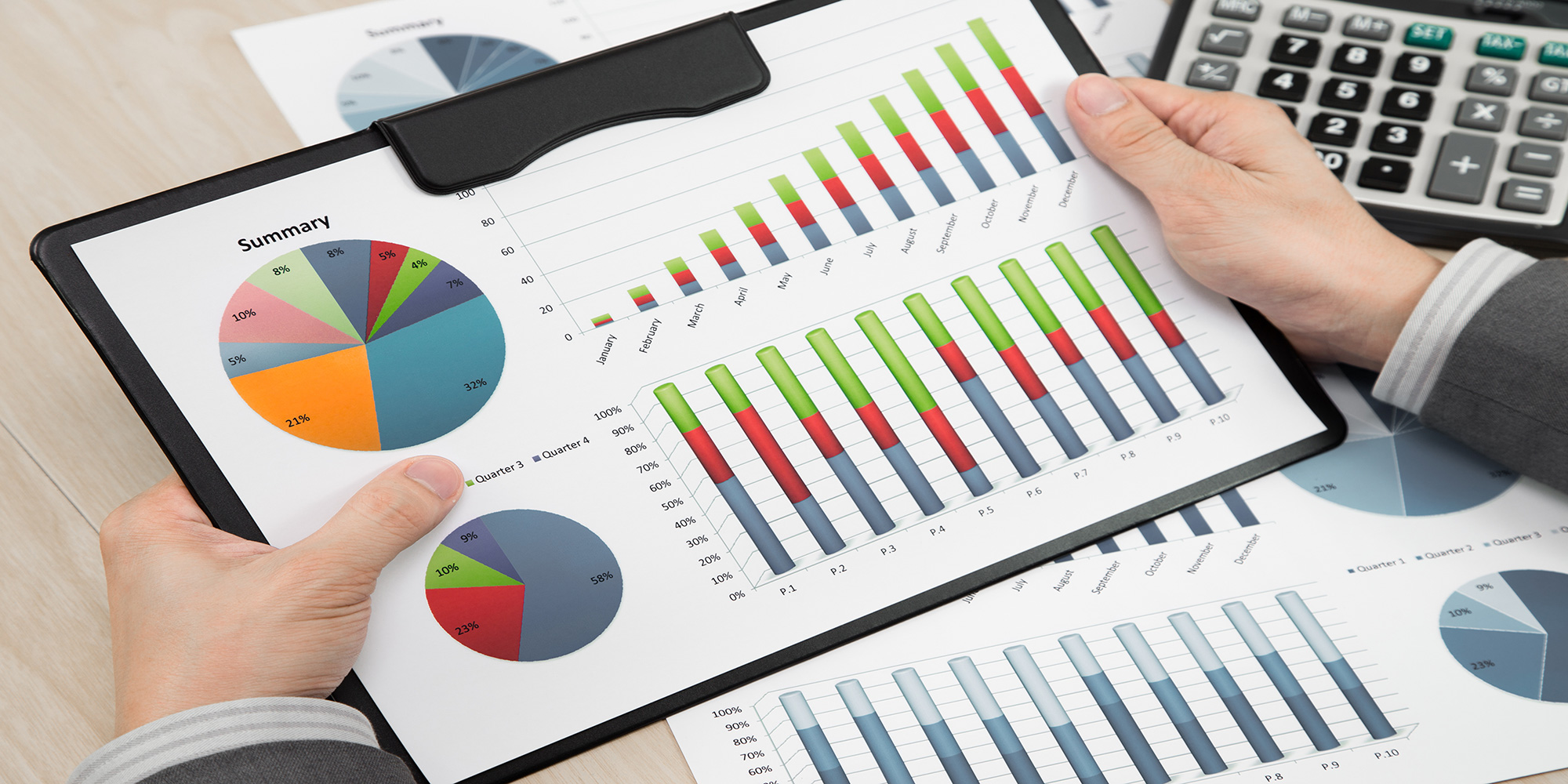Accounting
A New Way for Small Businesses to “Manage” Their Books
What percentage of your self-employed small business owners are so organized at tax time you look forward to working with them every year? If you said less than 10%, you’re not alone.
Mar. 17, 2015

What percentage of your self-employed small business owners are so organized at tax time you look forward to working with them every year? If you said less than 10%, you’re not alone.
Every year it’s the same story with the same clients. How difficult is it to write a few numbers in a mileage log or categorize the business and personal charges on a credit card statement? Actually, for those 90%’ers, it is difficult as they just don’t see things the same way you do. Understanding where your clients are coming from is the first step to changing this trend. The next step is to give them something to work with that is more aligned with the way they think.
Every business is made up of three major aspects that require those who run them to incorporate a different skillset and mindset for each:
1) Product and service;
2) Marketing and sales, and;
3) Business management.
Your clients, as entrepreneurs and small business owners, wear these different “hats” based on the demands they face at any given moment. Some are very good at one or two aspects, but rarely do you find a business owner who is good at all three.
Usually the “product and service” aspect comes easy. It’s generally the reason your client went into business in the first place. They have an affinity for a particular product or they’re good at providing a service. This is also where their creative side is manifest. It’s where they get the chance to practice their “craft,” whatever that may be.
Most successful entrepreneurs are also very good at the “marketing and sales” aspect of business. There was never a truer statement than this; “Nothing ever happens in business until something is sold.” Even if it’s “word of mouth” advertising, it’s still a form of marketing some of your clients rely on. For the creative person, this is where they can really shine. There is an “art” to the sales process followed by a “rush” when a deal gets closed. No matter how you slice it, it’s this aspect of any business that keeps the cash flowing in and brings life to a business.
How about that third aspect, the “business management” side of your client’s business? Let’s face it; this aspect of business does not DRIVE revenue. No one says to you, “You’ve got to try that new restaurant on the corner, they have the best accounting system in the world; and they way they set up their corporate charter and bylaws … classic!” To grow their business and keep a positive cash flow, your clients have to “live” in the first two aspects of their business every day. The same cannot be said of the third aspect. Paper work and bookkeeping can so easily be put on the back burner, only having to face them when up against a deadline.
There is a way you can help your clients “manage” the business management aspect when it comes to their accounting and tax tracking efforts. If they off-load much of that function to automation, they can expand what they accomplish in the normal and ordinary course of a day. The automation process should initiate the tracking activity as much as possible, the way an assistant assigned to the task would. It should also reduce the touch points a business owner has with the data and make those interactions the highest function needed from them. At the end of the day, it should feel like a creative process, not a task oriented function.
Deductr is a tool that automates much of the day-to-day tracking and is available anywhere through a mobile device. It makes tracking expenses, mileage and time accessible in small chunks throughout the day. It automates most of the process of “gathering” data allowing your client to simply declare the business purpose for deductions. This happens in real time. At year-end, reports are in a form that is most workable by you to complete their accounting and tax filing requirements.
Here is a simple example; a credit card purchase for a business lunch comes into Deductr automatically. The user is prompted to confirm the expense. The user declares the business purpose of the expense. That’s it! Now add the mileage for that lunch appointment and the process is complete.
Your clients will capture more deductions because they are doing it as they go during the year and are being presented with more options. They will experience greater tax savings from the additional deductions they capture and the overall process will make your job easier. You will be able to spend more effort doing what you do best and less effort babysitting the data gathering process.
———-
William Olsen, CPA, is the Co-Founder and Director of Deductr. William has been in the tax industry for 20 years and a licensed CPA since 1997. He started his career specializing in IRS problems resolution and has been an expert tax practitioner ever since. He graduated from the University of Utah with Honors in 1994 with a BA in Accounting and earned his MACC from Southern Utah University in 1995. He is a licensed CPA in the State of Utah. William designed the tax and accounting functionality of Deductr.
